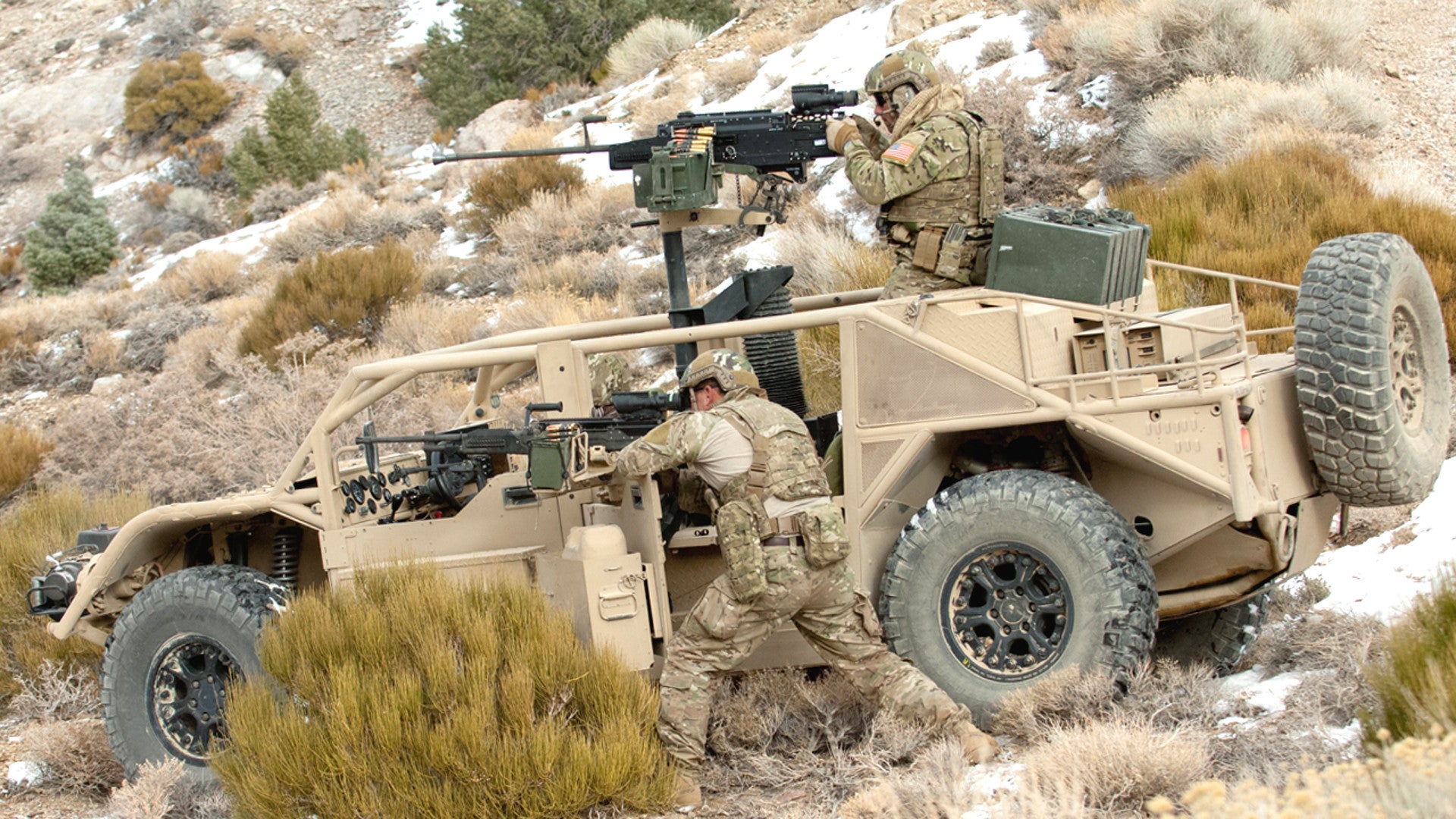U.S. Special Operations Command is planning to spend millions to refit a number of its newest light vehicles, known as the Ground Mobility Vehicle 1.1, or GMV 1.1, with new turrets with better protection or remote weapon stations armed with machine guns and guided anti-tank missiles. The new details have emerged after a scathing media report suggesting that Marine special operators in particular think vehicle is virtually useless its present configuration due to its limited defenses.
On Jan. 11, 2018, officials at Special Operations Command (SOCOM) approved plans to award a contract worth more than $3 million straight to defense contractor Military Systems Group for the heavy duty turret assemblies. The command is treating this is a modification to the original 2013 GMV 1.1 contract, which it awarded to General Dynamics after selecting its Flyer 72 vehicle as the winning design. With the equipment, the entire program will have cost nearly $765 million so far.
The new turrets will allow users to install a Gunner Protection Kit, or GPK, to the present manned turret or fit a version of the Common Remotely Operated Weapon Station, or CROWS, so the gunner can fire various weapons, including the Javelin anti-tank missile, from within the vehicle itself. SOCOM says that it has received three separate “combat-mission need statements” from deployed special operations units for these added capabilities on their GMV 1.1s since February 2017.
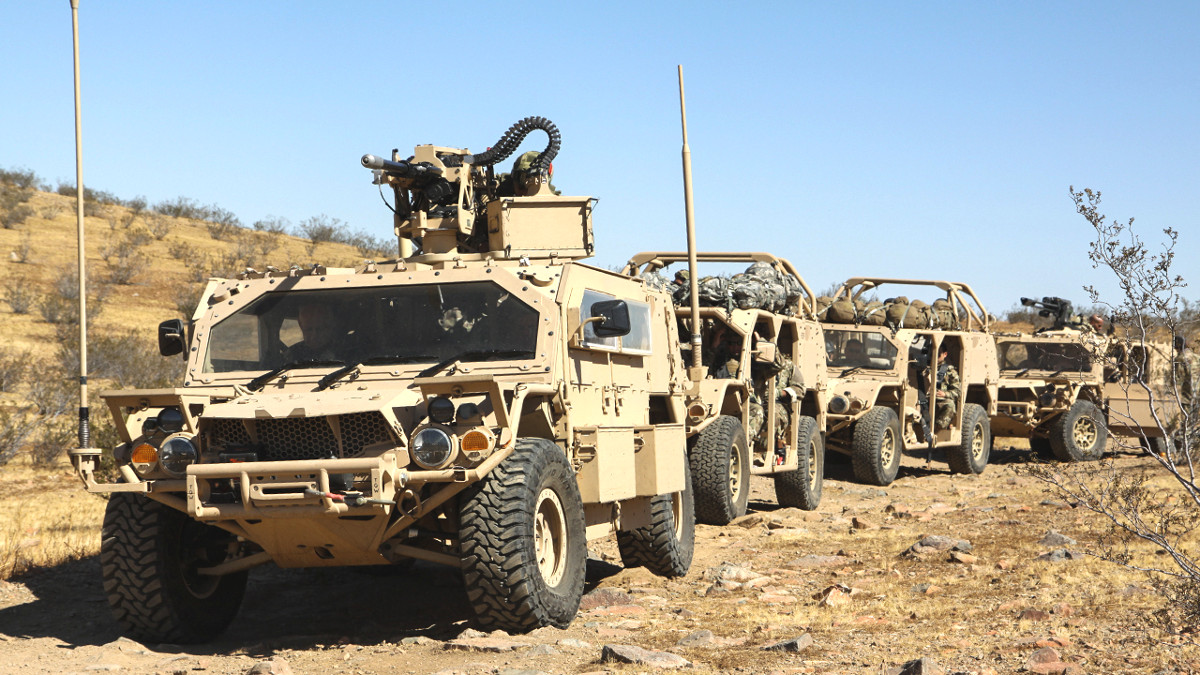
These details and more were included in a contracting document SOCOM posted on FedBizOpps, the U.S. government’s main contracting website, on Jan. 25, 2018. In order to pursue this type of sole-source arrangement with a single company, the command had to submit a written justification for why it could not run a typical competition to select a supplier.

The GPK would be a significant improvement over the existing weapon mount on top of the GMV 1.1, which offers no protection to the individual in the turret. The protection kit has long been in service on Humvees, Mine Resistant Ambush Protected (MRAP) vehicles, and other wheeled vehicles across the U.S. military. It includes an armored shield in front and a three-sided armored frame around the gunner. The complete system can accommodate the .50 caliber M2 machine gun and is likely compatible with the special operations forces-specific Mk 47 automatic grenade launcher, the two main weapons for the GMV 1.1.
It’s not a perfect solution, though. After experiences in Iraq and Afghanistan in the mid-2000s, the U.S. Army developed an improved version with higher sidewalls and a bigger shield, all with transparent armored windows to better shield troops from snipers and shrapnel. SOCOM adopted a similar arrangement for its own Humvee-based Ground Mobility Vehicles (GMV) and MRAPs, but these protective measures would likely still be too heavy even for the reinforced turret SOCOM plans to fit on the GMV 1.1.
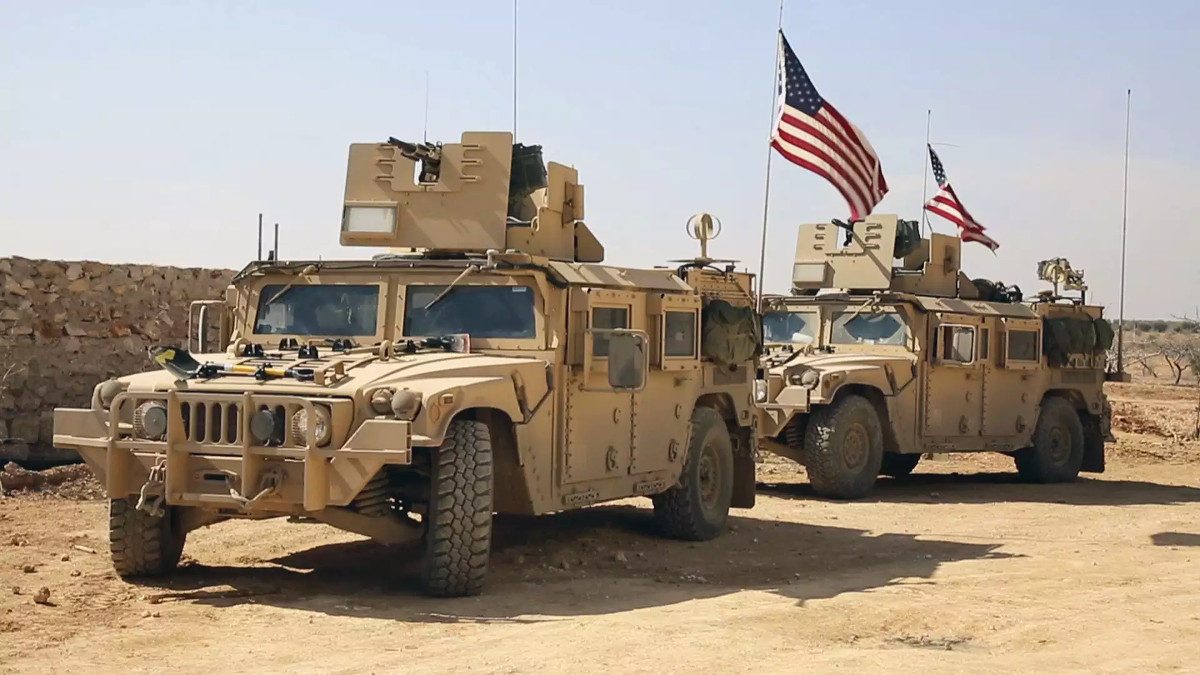
This in turn explains some special operators’ desire to install the CROWS in lieu of a manned turret of any kind. These remote-control systems include a joystick and camera feed that allows the gunner to aim the weapon while sitting inside the vehicle. The version SOCOM is looking at packs an M2 machine gun or an automatic grenade launcher, as well as the Javelin anti-tank missile. Though intended to take out tanks, U.S. conventional and special operations forces have both found it offers a quick and accurate way to neutralize enemies, including snipers and heavy weapon teams, especially if those targets are behind cover or hiding inside a building.
But this works best when the vehicle itself offers significant protection against enemy fire. The GMV 1.1 in its present configuration features only rudimentary defensive measures, with its four doors in particularly only being armored half way up, with the top portion being a clear plastic “window” that users can zip open and closed. The initial versions didn’t even have that, featuring just a large open roll cage, akin to a large all-terrain vehicle (ATV) or dune buggy.
The video below shows a Stryker with a CROWS system with an M2 machine gun and Javelin missile launcher, similar to the one that SOCOM is looking to fit on the GMV 1.1.

To be fair, the point of the GMV 1.1 is not to get into extended engagements with large enemy forces, but rather to provide added mobility for small special operations units, especially during long range reconnaissance operations or when operating from remote forward sites. The whole point is that they’re lightweight and easy to operate and maintain.
Another major requirement was that they had to be able to fit inside a CH-47 Chinook, or the Army’s special operations MH-47 versions. Before then, those aircraft could only readily insert special operators on ATVs or motorcycles, though it’s possible to cram a stripped down Humvee inside if absolutely necessary. SOCOM says the new turret assembly for the GMV 1.1 from Military Systems Group will feature folding components so that the vehicle will still meet this transportability requirement.
The extra weight of the GPK or the CROWS could have a negative impact on the GMV 1.1’s basic performance, though, raising new issues. Either addition could make the vehicle heavier and raise its center of gravity, which in turn could make it slower or and more likely to roll over when turning or driving down a steep gradient.
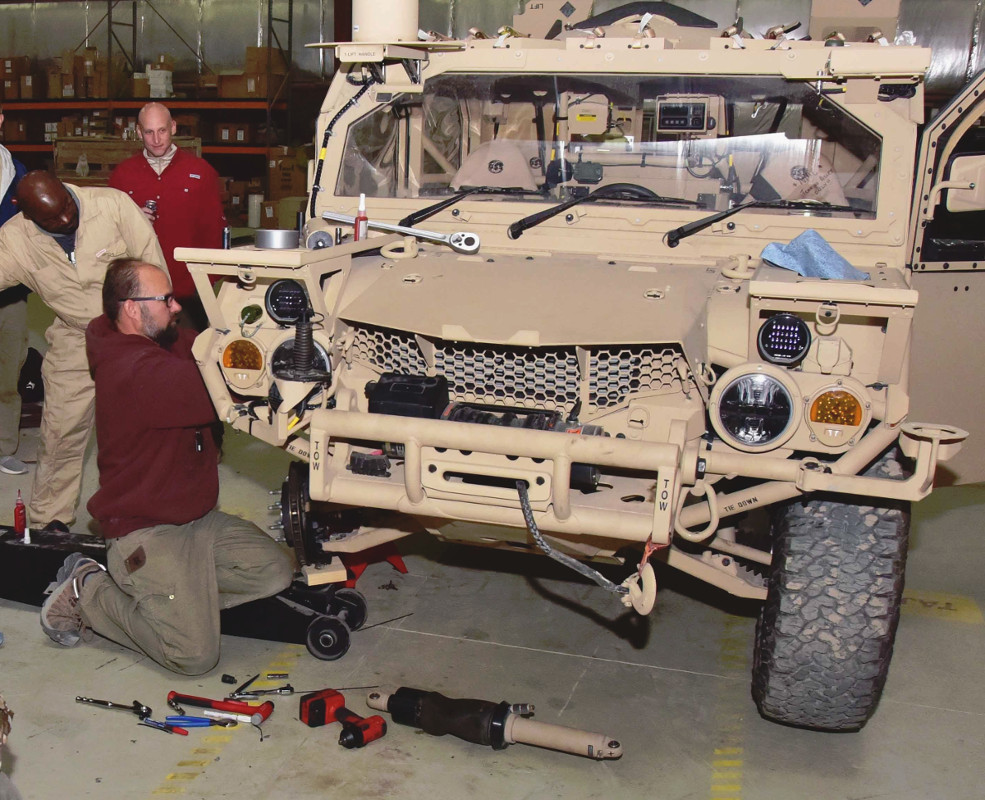
General Dynamics itself is looking at various ways to give their Flyer series of vehicles extra protection. These include fully armored doors with bullet-proof windows and the installation of a lightweight active protection system, such as Israel Military Industries’ Iron Fist, to destroy incoming rockets and missiles before they even hit the vehicle.
But the urgent requests from special operations on combat missions – likely on deployments in support of the U.S. military’s counter-terrorism campaigns in Iraq and Syria and Afghanistan – suggest that they have often found themselves in situations underscoring the need for some extra defenses already. This is in line with a report from Marine Corps Times earlier in January 2018, which cited a number of Marine special operators on the condition of anonymity who called into question the utility of the GMV 1.1 and various other light vehicles.
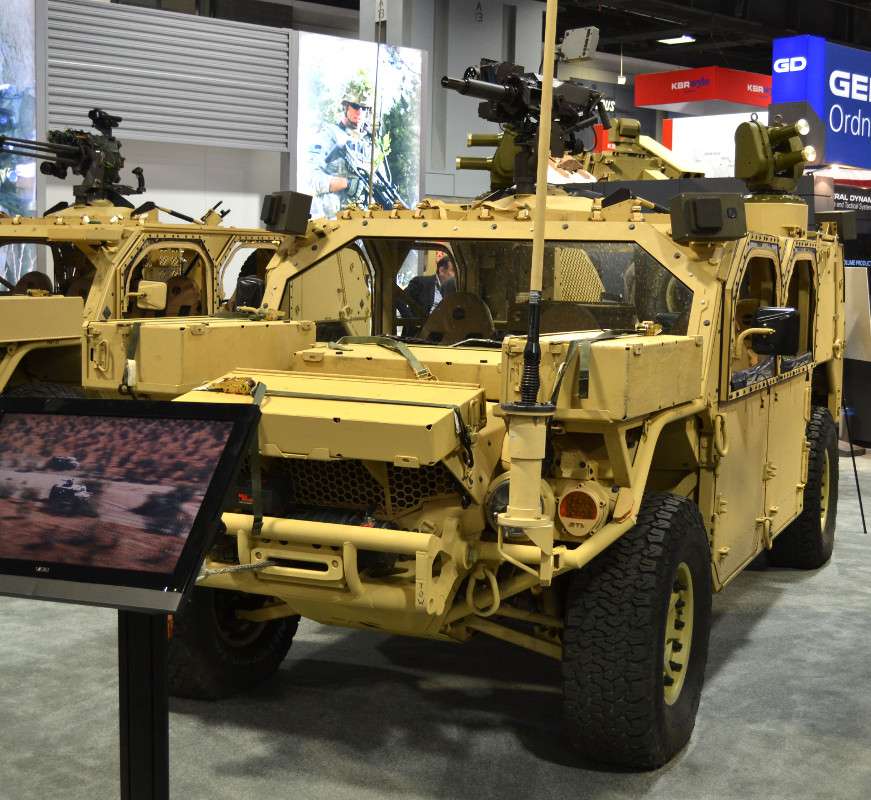
The main focus of their complaints was about the various ATVs that SOCOM has purchased in recent years, such as the Polaris MRZR. One individual derided them as “tactical golf carts” and the interviewees said that they had little use beyond making it easier to get to and from the shooting range because they were so vulnerable to enemy fire.
“They aren’t being used really … no one will approve any real operation with MRZR,” another individual explained to Marine Corps Times. “We’ve used them for recon in training but not in real life.”
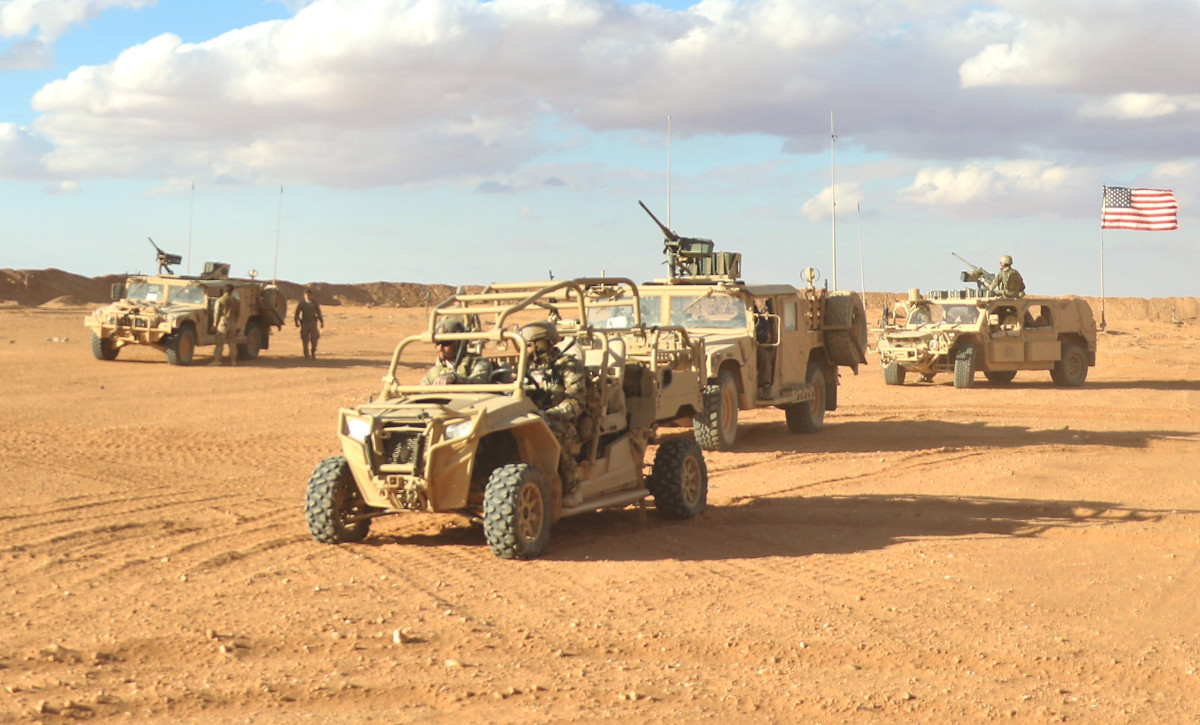
However, the Marine special operators said many of the same complaints extended to the GMV 1.1. On top of voicing concerns that the vehicles wouldn’t able to survive any sort of real combat, they pointed out the present configuration of the vehicle can’t fit inside the cramped confines of the MV-22 Osprey tilt-rotor, one of their preferred methods of aerial transport. The smaller Flyer 60 variant can fit inside that aircraft and this was important selling point for the vehicle.
The promotional video below shows personnel loading a prototype Flyer vehicle onto an MV-22 Osprey, something the Marines say they cannot actually do with the present version.

As such, Marine Corps Special Operations Command (MARSOC) has yet to deploy any of its 21 GMV 1.1s on combat operations and has no plans to do so in the near future, according U.S. Marine Corps Major Nick Mannweiler, a spokesperson for the command. “If and when that day comes, operational employment restrictions or limitations are determined by relevant combatant command authorities within their respective areas of operation and not by MARSOC,” he added.
So far, those authorities do not appear to have banned the vehicles from combat zones entirely. Publicly available pictures exist of special operators in Syria, as well as neighboring countries, using them or preparing to move them into the theater. These units were likely among those that reached out to SOCOM for the new turrets.
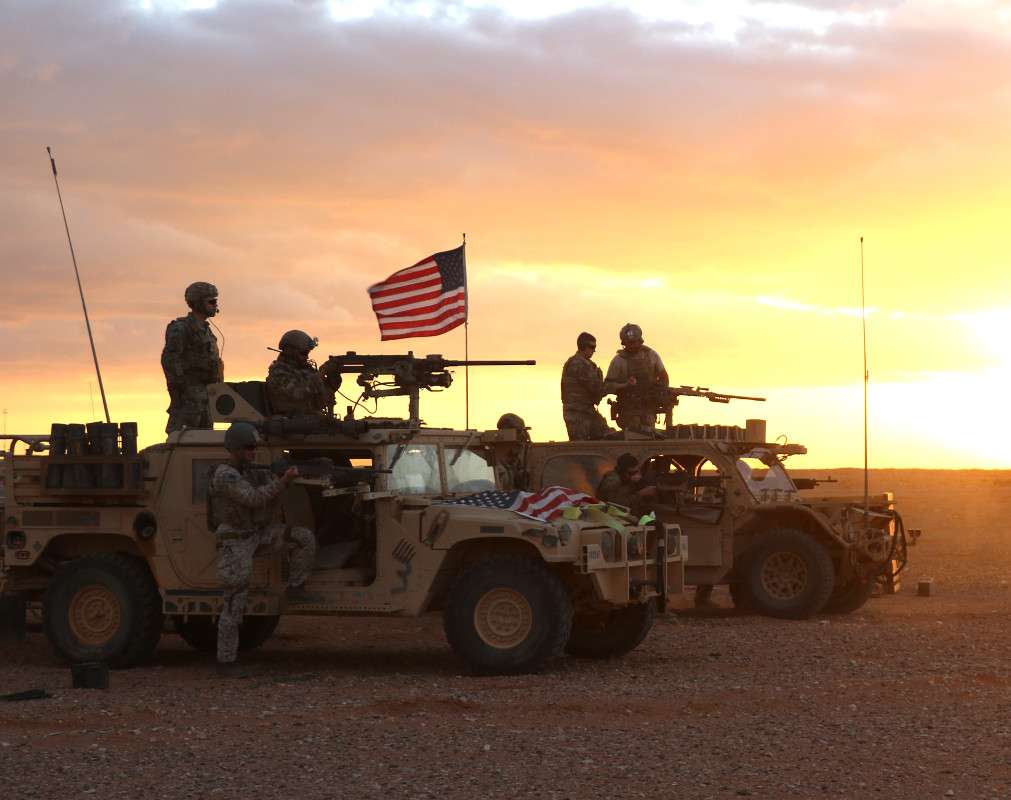
Once they get the new equipment, they will almost certainly provide additional feedback about whether it gives them more freedom to operate and confidence in the GMV 1.1 as a whole.
Contact the author: joe@thedrive.com
